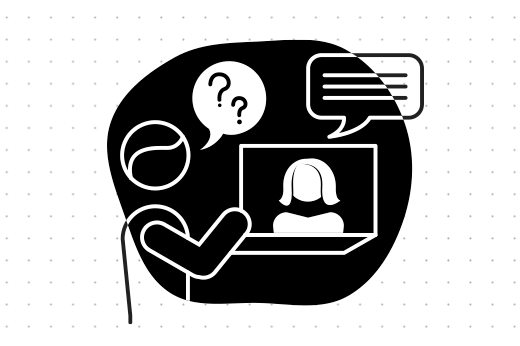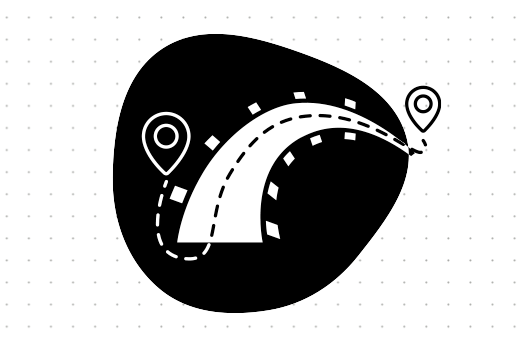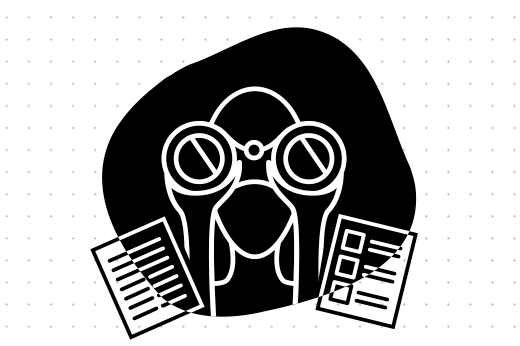Filter by category
Insights
6 min read
Pushing for Data-Driven Design
What do we want? Data! When do we want it? Six months ago!
Data Dinner Party
Let’s say you decided to host a dinner party. You want it to be memorable and cook something that will have your guests licking their fingers and have a good time. Before getting started on that shopping list, you should at least know who’s coming and what you’re going to cook, right?
You might be one of those people who love pineapple on your pizza. Looking at Americans, “24% say that pineapple is one of their least favorite toppings “(data!). Would you cook something that only you and a few other like-minded individuals would like? Now the question that you must answer is, should you go with your gut feeling or listen to the data? Ugh, decisions.
Baking a product is not that different. You’re building it for your users, so you should start by understanding their needs, expectations, and behavior. Sure, when you are just dealing with only a few friends, you know some of their weirdest habits. But, building something for a larger audience is like cooking for a festival. You need to consider all the facets of the situation!
Getting to know your ‘guests’
Data-driven design is about making informed decisions. In other words: Research! Quantitative research assists with the birds-eye view of the crowd, like demographics, preferences, things that can be measured. This can be achieved through initial market research, customer research, competition analysis, surveys, A/B testing, depending on the project phase. But to truly understand how your users behave, you need to observe them using your product and analyze their decisions to adjust accordingly.
The [e-spres-oh] recipe
We start every project with coffee.
*pours a cup*
Then we move on to a phase that is pretentiously known as the “deep dive.” This means that we take the time needed — days or even weeks — to understand the business’ needs and users.
And this is no job for a single (wo)man. We reorganize our process to build a product team on our end. Depending on the project, we include a business analyst, a product owner, and a UX designer to drive the product development, being in constant contact with the stakeholders while advocating for user needs.
Getting everyone in the same room as early as possible and asking a great deal of questions makes for a good start. We take this opportunity to ask all the Whys and the Whos, basically acting like a five-year-old discovering the universe. The way Erika Hall from Design Mule puts it:

Research is simply systematic inquiry.
- Think of a question
- Gather evidence
- Consider what it means
By the end of this stage, we usually have a good enough mix of knowledge and gut feeling to… well, want to learn more. Getting to know the product through the eyes of the stakeholders might be a biased perspective. Just like in the case of pineapple pizza, your users might have completely different tastes.
A Trip to The Market
One of the biggest challenges in UX and development is creating a product that can set itself apart from the competition. Truth is, we want new products to feel familiar but be innovative at the same time. However, while getting inspired is no sin, it’s easy to fall into the “if it works for them” trap. Something that has worked for a competitor in a certain context might not make sense to us. Maybe the audience is different. Maybe the market has shifted. Maybe the brand is slightly more courageous. Maybe, maybe.

Truth is, we want new products to feel familiar, but be innovative at the same time.
The way to approach this intersection is by pinpointing the things competitors do right and wrong. By talking to the users, we can find out what they prefer and why. What their favorite features are? What annoys them? What’s their brand affinity?
Spend as much time prospecting the market as you need. And only then “buy” the ingredients.

Data Feeding Specs
As problem solvers, we sometimes fall into the category of those annoying people who never fully follow a recipe. We like the inspiration but love the freedom of adapting as we go as well (maybe a bit of lime? Mmm, umami!).
Our product team defines the Specs together with the stakeholders. The hardest tasks, you may ask? Prioritizing features. In this case, it’s vital to remember that no matter how great our gut feelings might be, data should support this process (two words: pineapple pizza).
Here’s an example: we’re currently building a minimum viable product (aka MVP) for a car booking mobile app. The communication between our product team and the stakeholders has been crucial. However, looking at hard-core data from their website analytics has helped us drastically improve development time estimates and the allocated budget, while addressing the needs of the largest user segment.
To live-test the data, we watch users engage with the products and think out loud. This observation provided a lot more insight into the whys, helping us better understand user decisions and stumbling points.
Prototypes: An Early Tasting Experience
Would you serve a festival crowd a dish nobody ever tasted? Great cooks constantly taste their food to adjust the spices, and so should you.

Prototypes give UX designers and developers the superpower of early testing. Sure, the earliest prototypes might be far from your ideal product. However, bringing them in front of users ASAP will help prove or disprove your hypothesis and validate or eliminate your initial assumptions.
It’s important to put your prototype to the test in front of a representative audience, which circles back to knowing the market and user profiles. Good data in, and good data out!
And, no matter how close to reality your prototype is, there will always be a shade of doubt on how a user would actually engage with it in a real environment.
Does it need more salt?
Building the most detailed prototypes is often not enough to validate user flows.
Loading time and the actual search results are hard to simulate in a mock-up environment. So bringing the product to the market is, in fact, another opportunity to…do some more testing and retrieve more data that can lead to improvements and better results.
That’s why we try to set up environments for early A/B testing, letting user data guide us through. Launching is just a new beginning.
Cooking by the Data Book
Do we always use data? We strive for it, but sometimes time restraints and lack of resources stand in the way of us and a perfect process. That’s no excuse! Stakeholders, designers, tech reps might think they have the answers, but no matter how experienced they are, things are constantly changing. To keep up with market speed, you have to stay connected to your users. We’re always pushing for data-driven decisions because we strive to build better products!
If there’s something you should remember from this article is that data-driven UX will:
Validate/invalidate assumptions — We are not the users, and, no, we don’t know everything;
Help build for the right audience;
Guide in prioritizing the correct feature release stream;
Save time and money by stopping us from building features nobody would use;
Help influence product decisions.
Now, let’s get cooking. Pineapple pizza, anyone?
Want to dig deeper? Here are some nice articles on research and data:





